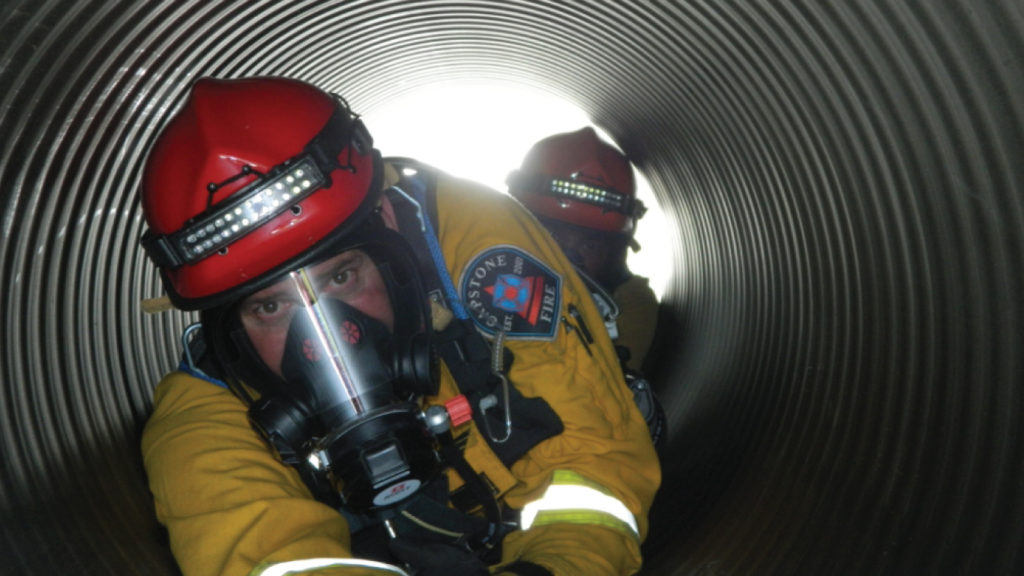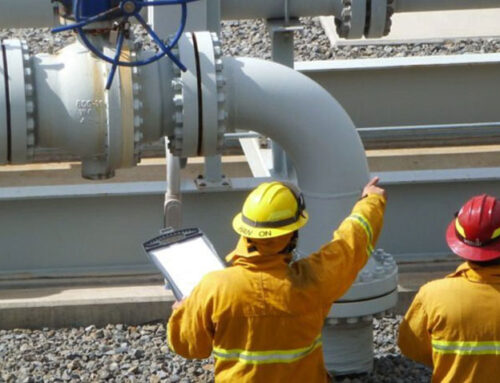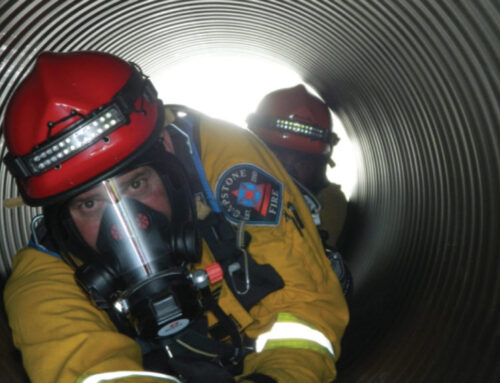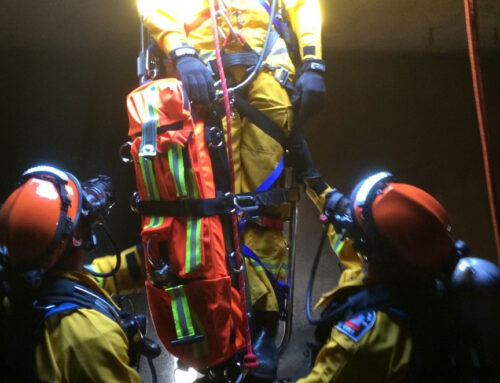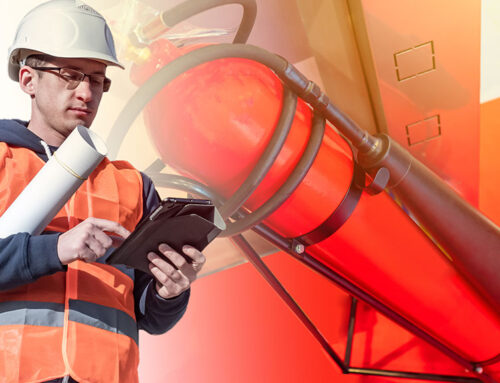Being in a situation where you need to be rescued via technical rescue, or where someone you know or work with needs to be rescued via technical rescue can be very scary. The risks involved with technical rescue are great, so it’s important to understand that trying to go through with a technical rescue on your own if you’re not trained in doing it successfully can be very dangerous. If you or someone you know ever needs to be rescued via technical rescue, always call the appropriate professionals such as a local fire department or a private fire department or rescue service. Here is everything you need to know about technical rescue in Los Angeles and beyond.
There are several types of technical rescue.
Technical rescue will vary based on how serious the rescue scenario is. Depending on what type of rescue situation is at hand, as well as how serious it is, professionals will either come to conduct the rescue or instruct the stuck person on how to remove themselves from the situation, or instruct someone else on how to remove the person from the situation.
Technical rescue situations can range from the type of rescue, such as confined space rescue, vehicle rescue, structural collapse rescue, trench rescue, water rescue and rope rescue as well as the severity of the rescue. The severity of the rescue will often determine what needs to be done and whether professionals need to be sent, but professionals should always be called first before a rescue mission even begins.
Some types of rescue are more dangerous than others.
The most dangerous types of rescue situations are those with high stakes or a need to be timely, such as a vehicle crash rescue or a confined space rescue where there may be limited oxygen or exposure to harmful gas. These types of rescues almost always need professional help, and civilians should never try to conduct a rescue on their own as not to either hurt the person that needs rescuing or put themselves in danger.
Rescue situations range in danger.
There may be situations in which a rescuer can simply instruct a stuck person on how to remove themselves from a confined space or rescue situation. These situations, though serious, are the safest of all situations because it does not require a rescuer to put themselves at risk in order to save the person. You can prevent rescue situations from coming up by practicing safety in places where there is risk. On job sites, working with OSHA regulations will often prevent a rescue situation from coming up in the first place.

